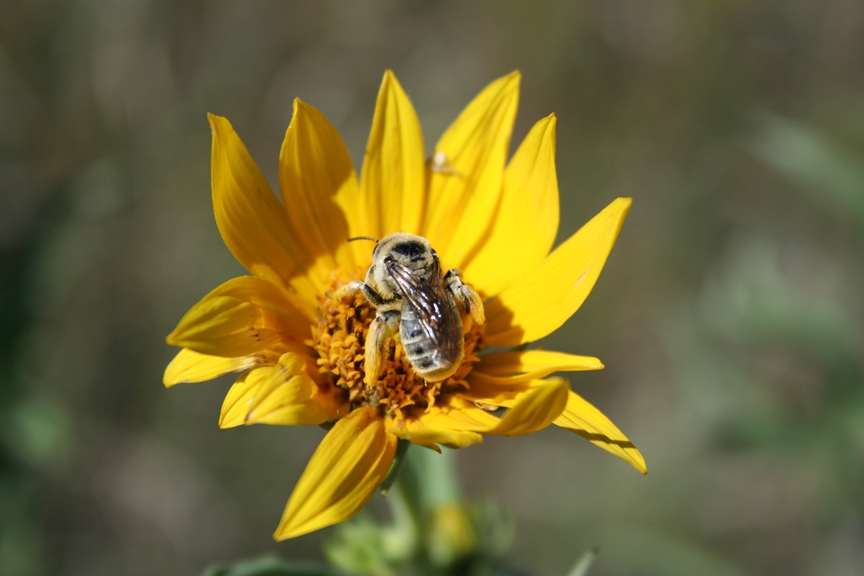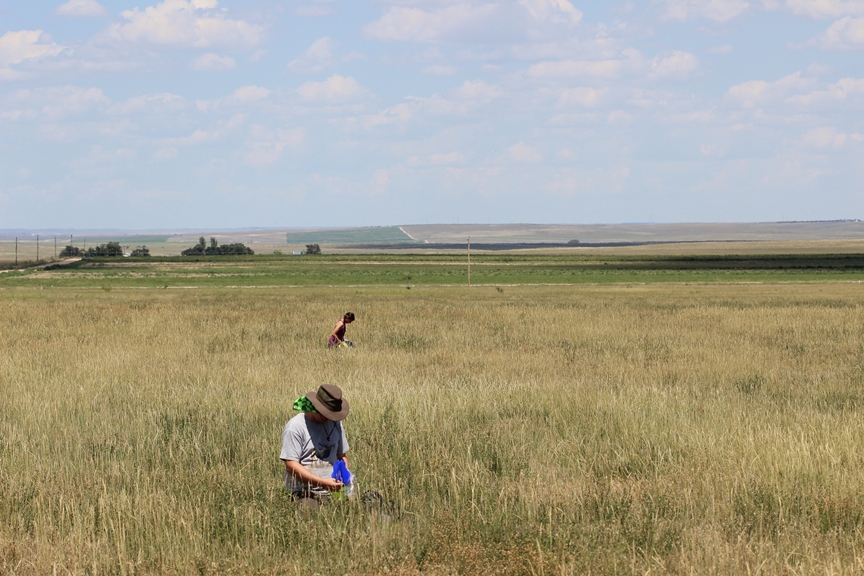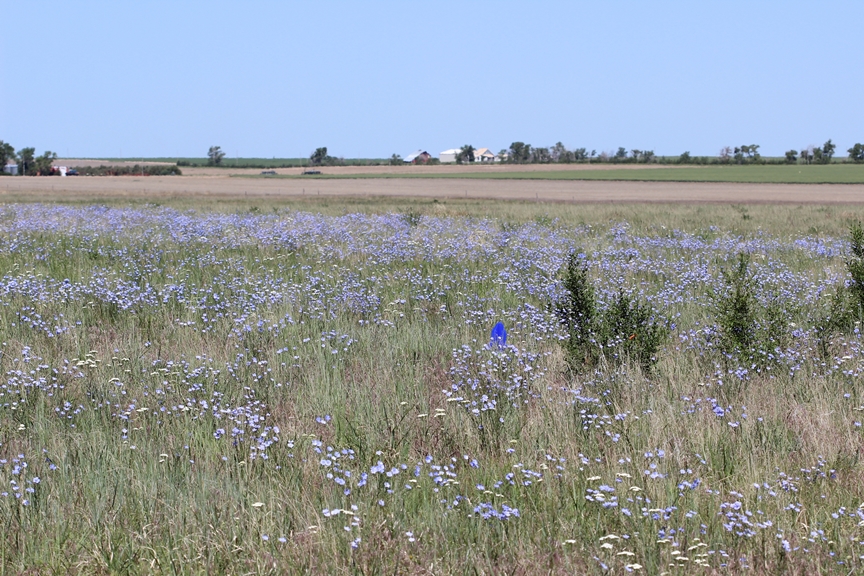A new study from USGS greatly expands our understanding of the level to which to native bees foraging in agricultural fields and nearby grasslands may be exposed to pesticides.
For bees living in and around farmland, pesticides are a daily hazard. The risk is widely recognized and much effort has been put into assessing the impacts on honey bees, the workhorse of much crop pollination. However, there has been very little research into the impact of pesticides on the thousands of species of native bees that also play a significant role in the pollination of crops and wild plants.
This past week our understanding was greatly increased when the U.S. Geological Survey released a study evaluating pesticide exposures to native bees foraging in agricultural fields and nearby grasslands. The results were startling: of the bees tested, 70% contained pesticides. In total, 18 pesticides, were detected in the bees. The most commonly found pesticide was thiamethoxam, a highly toxic neonicotinoid. Two other neonicotinoids as well as a variety of other insecticides, fungicides, and herbicides were also commonly found.

The sampling methods used by the researchers only allowed collection and testing of live bees. Since collection of dead bees was prohibited, it is not surprising that pesticide levels considered lethal to bees were not found. Despite this, the pesticide levels detected were concerning, with contamination levels found in the bees that were high enough to cause sublethal effects. This means that the pesticides don’t immediately kill bees but can weaken bees to the point of causing severe harm over time.
Adding to the potential risk is that multiple pesticides were found in many of the samples. Forty-eight percent of the samples had two or more pesticides; one sample had nine pesticides. The potential for multiple exposures is troubling because chemicals can have additive or even synergistic effects when combined, i.e., together they can be more toxic than the individual chemicals.
This new study sends a cautionary message as the frequency and level of pesticide exposures found demonstrates the potential for significant harm to native bees. With more than one quarter of North American bumble bee species at risk of extinction, this new information begs for greater action to protect these important pollinators.





